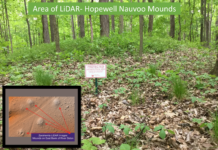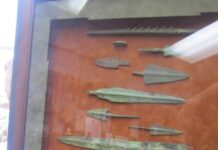Bricks vs Natural Stones- Hewn vs. Unhewn
 Have you ever been walking in a nice park, or the forest or on a beautiful path in the mountains? As you are walking and enjoying the beauty the Lord has created, you notice a small brick or a broken piece of cement block laying near you? You pick it up and marvel at its beauty? I seriously doubt this has ever happened to you correct? Maybe you found a brick at the dump, or near a home construction site or you even have some of these old cement blocks around your current home?
Have you ever been walking in a nice park, or the forest or on a beautiful path in the mountains? As you are walking and enjoying the beauty the Lord has created, you notice a small brick or a broken piece of cement block laying near you? You pick it up and marvel at its beauty? I seriously doubt this has ever happened to you correct? Maybe you found a brick at the dump, or near a home construction site or you even have some of these old cement blocks around your current home?

Now imagine the same walk on a woodsy path or at a nice park or in the mountains at your favorite retreat. Have you ever found a beautiful round rock? Or an intricate smooth stone? Maybe you have found a half pound rolling rock in the river, or maybe you have even found an ugly rock but once you break it open it is a beautiful crystal? Maybe you have brought home dozens of unique rocks and then tumbled them to create beautiful round shiny stones?
The difference between brick and stone? Brick is made by man and rock was made by God mostly through the universal world wide flood of Noah. Nephi said about his Father Lehi, “And it came to pass that he built an altar of stones, and made an offering unto the Lord, and gave thanks unto the Lord our God.” 1 Nephi 2:7. He did not say “build a stone altar” or create “a stone altar”. Nephi simply said, “altar of stones”. There is a difference between building a stone wall out of natural rocks, and a wall made of hewn stone
An Altar of Earth
“An altar of earth thou shalt make unto me… in all places where I record my name I will come unto thee, and I will bless thee. And if thou wilt make me an altar of stone, thou shalt not build it of hewn stone: for if thou lift up thy tool upon it, thou hast polluted it. Neither shalt thou go up by steps unto mine altar…” Exodus 20:24 – 26
Timber and Burnt Lime Plaster (“cement”) Building [Not Brick]
“And there being but little timber upon the face of the land, nevertheless the people who went forth became exceedingly in the working of cement; therefore they did build houses of cement, in the which they did dwell.” Heleman 3:7
“There is a temple mound situated above the Ohio River near Cincinnati. “Fragments of burnt limestone may still be seen on the top. The mound is a rectangle two hundred and twenty-five feet long by one hundred and twenty feet broad, and seven feet high.” In contrast to the hewn stone buildings and altars of Mexico, the Ohio mound has the right dimensions to have accommodated a timber and burnt lime plaster (“cement”) building of the size and proportions of Solomon’s Temple.” J. P. Maclean, The Mound Builders – Archaeology of Butler County, Ohio, 1904, pp. 222-223.
“The altars of the temple were made of stacked stone, not hewn stone. “The word in Exodus 20:25 which is translated as ‘tool’ is the Hebrew חרב which most literally means ‘sword‘. There explains that a sword is designed to shorten life, while an altar is designed to lengthen life by being used to achieve atonement. It makes sense, therefore, that one should not be used in the formation of the other.” Rashi, Medieval French Rabbi.
Firm Foundation Conference- Main Stage Speakers
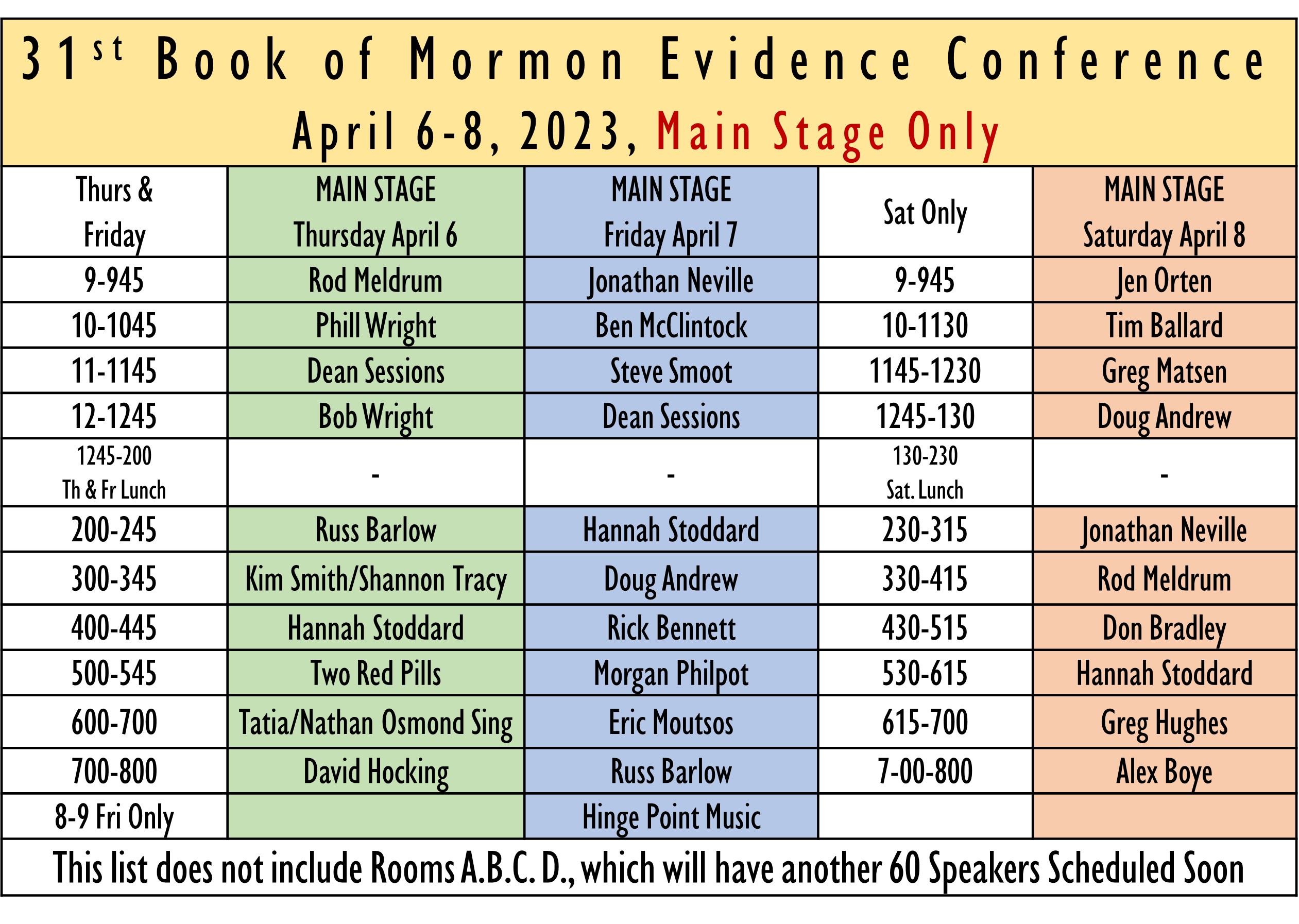
“Altar of Stones”
“In Nephi 2:7 we find that Lehi and Nephi offered sacrifices upon an “altar of stones” after keeping their covenants with the Lord and successfully completing an assignment to obtain the plates of brass (the word of the Lord). The fact that they offered sacrifice on an altar of stones is full of covenant symbolism.

In Exodus 20:24–26 God instructed Moses to tell the people to make an altar of earth (mizbah) or (unhewn) stones (mizbah), upon which to sacrifice their offerings. . . . The form of this passage, in which God tells Moses to pass on this instruction to the people, suggests that it, like the Ten Commandments at the beginning of the chapter, was addressed to each Israelite individually.” [Tyndale House, The Illustrated Bible Dictionary, Vol 1, p. 36]
Law Demanding Uncut Stones
“Hugh Nibley attests that to this day the Bedouin makes sacrifice on every important occasion, not for magical and superstitious reasons, but because he “lives under the constant impression of a higher force that surrounds him.” St. Nilus, in the oldest known eyewitness account of life among the Arabs of the Tih, says, “they sacrifice on altars of crude stones piled together.” That Lehi’s was such an altar would follow not only from the ancient law demanding uncut stones (Exodus 20;25), but also from the Book of Mormon expression “an altar of stones” (1 Nephi 2:7), which is not the same thing as “a stone altar.” Such little heaps of stones, surviving from all ages, are still to be seen throughout the south desert.” [Hugh Nibley, Lehi in the Desert, F.A.R.M.S., pp. 62-63]
See blog here about additional information on Altars

Bricks vs. Stones
A”t the very beginning of the Bible, in the eleventh chapter of Genesis, we have this description of the Tower of Babel:
While men were migrating eastward, they discovered a valley in the land of Sennaar and settled there. They said to one another, “Come, let us make bricks and bake them.” They used bricks for stone and bitumen for mortar. They then said, “Let us build ourselves a city and a tower with its top in the heavens; let us make a name for ourselves lest we be scattered all over the earth.” [Genesis 11:2-4]
Many people, yours truly included, believe that the Tower of Babel is the perfect symbol of secular society. By “secular society” I mean a world that sets itself up in arrogant opposition to the will of God.
Note that the Tower of Babel was constructed of bricks. Bricks have four characteristics.
First, they are unnatural and artificial. You won’t find a brick occurring in nature.
Second, they are identical and uniform. It’s not easy to distinguish one brick from another.
Third, they are functionally undifferentiated and interchangeable. A brick can serve equally well anywhere in a wall.
Fourth, they are all but worthless. So what if you lose a brick. There are hundreds more just like it.

What could be more unnatural and artificial than a society that rejects God? In such a state, citizens will be made to conform to uniform standards and will lose their individuality. Their work will be reduced to interchangeable roles. And, because they have lost all uniqueness, they will become utterly worthless.
Now, listen to what Saint Paul has to say in his Second Letter to the Corinthians:
If then any man is in Christ, he is a new creature: the former things have passed away; behold, they are made new! [2 Corinthians 5:17]
In opposition to the Tower of Babel, we have a new creation. This is how Saint Peter describes this new creation:
Draw near to him [Christ], a living stone, rejected indeed by men but chosen and honored by God. Be you yourselves as living stones, built thereon into a spiritual house, a holy priesthood, to offer spiritual sacrifices acceptable to God through Jesus Christ. [1 Peter 2:4-5]
There you have it. Bravely standing against secular society, the Tower of Babel, built of bricks, we have a new creation, the Church, a temple built of living stones.

Living stones have four characteristics.
First, living stones are not just natural, but supernatural.
Second, they are utterly unique. No two are exactly alike.
Third, they are irreplaceable. A stone that occupies a particular place in a wall can fit nowhere else. Fourth, they are extremely precious.
What could be more supernatural than a society in which Christ dwells? In the eyes of Jesus, every human being is utterly unique and unrepeatable. What two human beings are exactly alike? In the Church, every person is irreplaceable, because each one of us has a mission no one else can fulfill. Finally, in the heart of Christ, every human being is precious, because every one of us is made in the image and likeness of God. Each one of us, therefore, has infinite value.
The question is this: Which would I rather be—a brick in secular society or a living stone in the temple of the Church? In the former edifice, we lose our identity. In the latter, we become who we are meant to be. C.S. Lewis puts it this way. In his book The Screwtape Letters, he writes of God’s plan for His human creatures:
[He] sets an absurd value on the distinctness of every one of them. When He talks of their losing their selves, He means only abandoning the clamour of self-will; once they have done that, He really gives them back all their personality, and boasts…that when they are wholly His they will be more themselves than ever. [Letter XIII]
Only in a secular society—where men and women, husbands and wives, fathers and mothers, are interchangeable—only in such a society can “same-sex marriage” and Facebook’s fifty-eight genders be even remotely considered as possibilities. In the Church, however, where men and women, husbands and wives, fathers and mothers, are irreplaceable, marriage as anything other than one man and one woman for life is, to use a word from the movie The Princess Bride, “inconceivable.”

Unnatural bricks versus supernatural stones.
“Secular society versus the Kingdom of God. Interchangeable cogs versus irreplaceable persons. Now there’s something to ponder! Bricks vs. stones. I’m not talking about building a house. I’m talking about building a future.
[1] I cannot help but think of the evil city on the planet Camazotz, described in Madeleine L’Engle’s young adult classic A Wrinkle in Time. Here even children are required to bounce their balls simultaneously in precise rhythm.
[2] Recall the futuristic society depicted by Lois Lowry in her book The Giver. This brave new world at first appears to be quite utopian, but we soon learn that euthanasia and infanticide are essential features of a colorless world.
Conclusion
The bottom line is this: You can choose to become another brick in the wall of this fledgling global order they’re trying so desperately to usher in (and which, I believe, will ultimately fail, based on Daniel 11:14).
Or, you can choose to remain a living stone in the Temple of the Most High God (I Peter 2:5), and stand firm in your purpose as a vessel through which His Word is transmitted to others. That is your eternal destiny, IF you’re not talked out of it through deception. Choose very wisely.” Bricks vs. Stones January 21, 2017 Father Bernard J. Ezaki Homily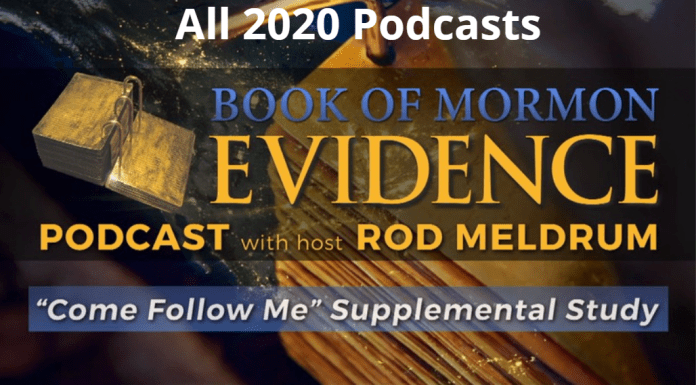

Altar, Tent, and Well
“Isaac did not become an Abraham or a Jacob. He did not reach the heights of Abraham, called the “father of the faithful.” Nor was he as impressive as his son Israel, father of the twelve tribes. Yet Isaac is loved and revered. He worshiped God, cared for his home, and pursued his work. He is remembered simply as a man of peace. The eloquent simplicity of his life and his unique ability to lend importance to the commonplace made him great.
Altar, tent, and well: his worship, his home, his work. These basic things of life signified his relationship to God, his family, and his fellowmen. Every person on earth is touched by these three.
Kneeling at his altar, mindful of his family in his tent, Isaac found most of his working hours consumed in watching over wells he had caused to be digged. His flocks were nourished by them. His simple dependence upon the water and the soil and the forage that grew is little different in our day, for man must work.
Let a man choose an occupation in balance with the other two elements of the triumvirate of which I have spoken. Learn to give an honest day’s work for an honest day’s pay. In the farm or shop or office, let that man know that work is not an end in itself, but a means to a noble end.
How little things have changed since Isaac’s day—the things that really matter. There is the same God of Abraham, Isaac, and Jacob, the same family roles to fill, the same need to work.” D. Kelly Ogden, “Answering the Lord’s Call,” in Studies in Scripture: Book of Mormon, Part 1, pp. 32-33]
Stone Altar Linked to Site in Yemen
“A group of Latter-day Saint researchers recently found evidence linking a site in Yemen, on the southwest corner of the Arabian peninsula, to a name associated with Lehi’s journey as recorded in the Book of Mormon.

Warren Aston, Lynn Hilton, and Gregory Witt located a stone altar that professional archaeologists dated to at least 700 B.C. This altar contains an inscription confirming “Nahom” as an actual place that existed in the peninsula before the time of Lehi. The Book of Mormon mentions that “Ishmael died, and was buried in the place which was called Nahom” (1 Ne. 16:34).
This is the first archaeological find that supports a Book of Mormon place-name other than Jerusalem or the Red Sea, says Brother Witt.” Source:
In my personal opinion this cut stone altar is not the altar that the Bible spoke of, specifically made of uncut stone or hewn stone. You of course may decide on your own.
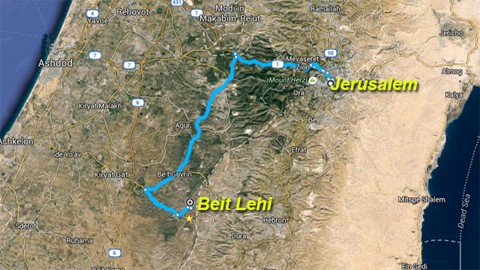 See my previous blog here about Biet Lehi an archaeological site near Jerusalem that is said to be the City of Lehi near Jerusalem.!
See my previous blog here about Biet Lehi an archaeological site near Jerusalem that is said to be the City of Lehi near Jerusalem.!
I think Val Bagley has the proper altar drawn below



